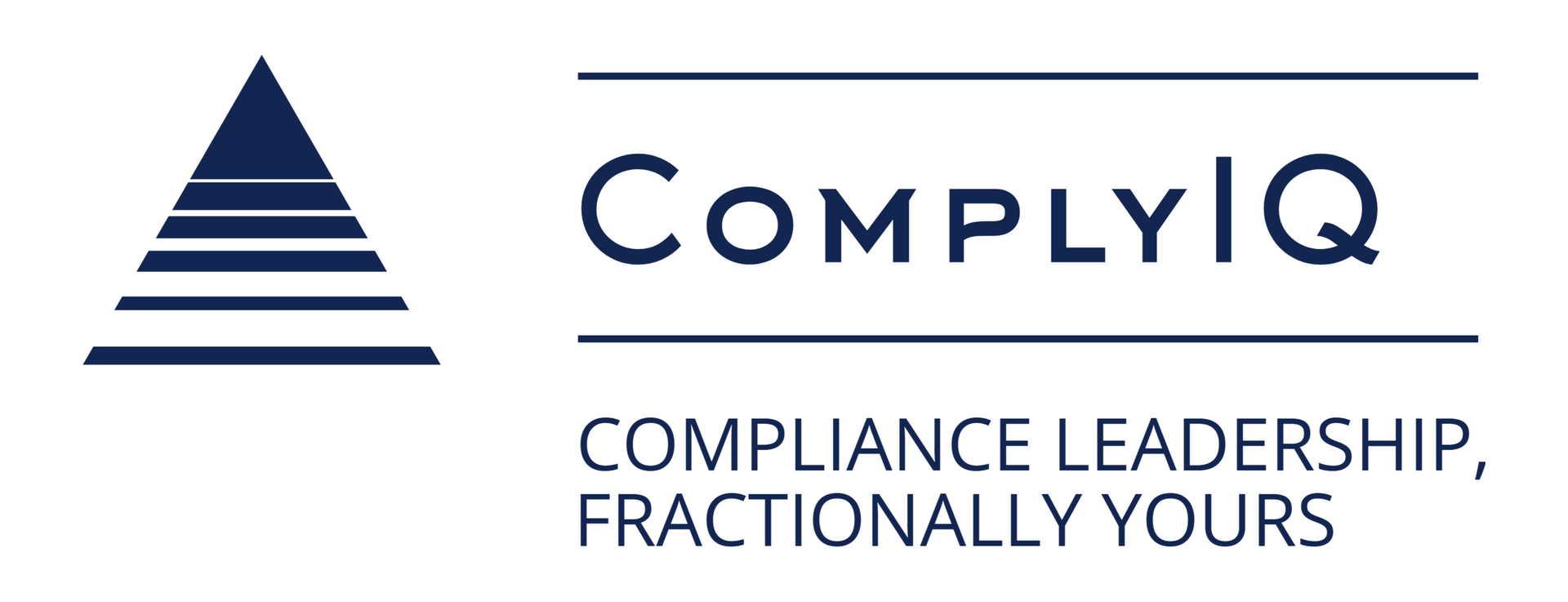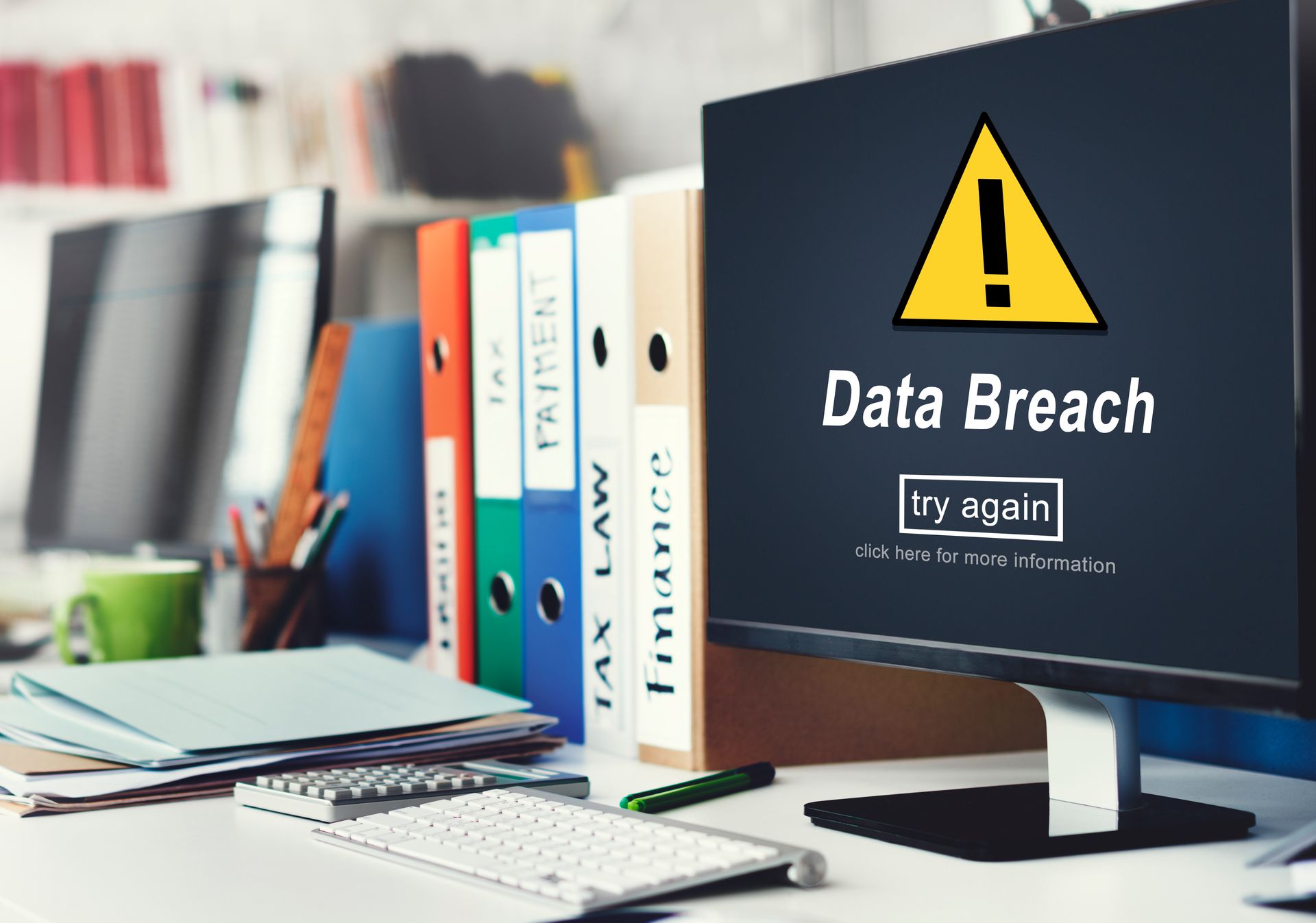Enforcement: Why States Are Reclaiming Regulatory Power
Enforcement is shifting back to state regulators. This guide explains why, how state probes differ from federal actions, and 30–90 day steps fintechs can take to prepare.

Introduction — States are reclaiming enforcement
States are reclaiming enforcement.
Enforcement is pivoting back to the states, and fintechs should care now.
Since 2023, state attorneys general and state regulators have stepped into gaps left by shifting federal priorities.
In this guide you’ll learn why state enforcement is resurging, how it differs from federal action, three scenario plans fintechs must run, concrete operational steps to prepare, and short FAQs to use with leadership. Expect practical recommendations you can act on in the next 30–90 days.
Why state enforcement is resurging now
State offices have both the incentive and the toolbox to act where federal attention narrows.
Election cycles reward visible consumer wins. Budgets and political priorities push AGs and state regulators to pursue enforcement that attracts public attention.
A few real examples make the trend concrete. New York joined a CFPB-led multistate action on debt-relief practices in January 2024, showing state offices lead or partner in high-profile consumer cases (NY AG press release). California’s DFPI reported strong consumer enforcement under its new consumer finance law in 2024, a signal that state-specific regimes can be aggressive (DFPI report). Massachusetts led a multistate effort on earned-wage-access products in 2024, directly flagging product types that attract state scrutiny (MA AG press release).
Political incentives matter. Consumer complaints flow into state tip lines and local press. That creates lower-friction paths to opening probes. States also use licensing and restitution as leverage—remedies that can force fast operational changes.
Regulatory divergence increases enforcement opportunities. Imagine 50 referees each calling different fouls. One product behavior might be legal in State A but trigger penalties in State B. Expect more multistate coordination and an uptick in single-state test cases over the next 12–24 months. For context on how states coordinate and precedent for multistate settlements, see NAAG’s overview and settlements database (NAAG task force, NAAG settlements). For federal actions and joint press, consult the CFPB newsroom (CFPB newsroom).
Practical takeaway: a single-state notice can force rapid operational change. Treat early inquiries as product problems, not only legal matters.
Key differences between state vs. federal enforcement
States and federal agencies overlap but operate differently. Those differences change how you prepare.
- Remedies and leverage: States often seek restitution, civil penalties, and licensing sanctions. These remedies can force immediate product changes.
- Speed and formality: State probes can open suddenly and move faster than long-form federal exams. Expect tactical demands and quicker settlement timelines.
- Variability risk: With 50 statutes and rules, inconsistency is the default. That creates higher compliance friction for national rollouts.
- Common triggers: Consumer complaints, media stories, vendor incidents, and referrals spark state action more often than you might expect.
- Monitoring tactics: Subscribe to state AG feeds and NAAG updates, and track state legislation with tools like LegiScan (LegiScan). For practitioner news, Compliance Week is a useful daily snapshot (Compliance Week).
Practical note: one notice from a state regulator can pause releases, pull teams off roadmap work, and create urgent preservation demands. Plan for that friction now.
Scenario Planning — What the Shift Means
Run these scenarios with your product, legal, and ops teams. Each has distinct operational pressures.
Scenario A — Localized enforcement shock
A one-state inquiry halts a rollout after a consumer complaint points to unclear disclosures.
Immediate impact: paused releases, engineers on hold, and a scramble for records.
First response: issue a legal hold, isolate affected systems, and form a rapid-review team that maps the complaint to release notes and customer notices.
Short anecdote: A product team rolled a fee label change overnight. Within 48 hours a single-state complaint arrived. The launch stopped, engineers were reassigned, and legal chased logs that hadn’t been preserved. That scramble cost weeks of calendar time.
Imagined micro-example: a new fee label triggers a single-state complaint. The product manager must freeze the rollout, and legal needs the decision memo and UI copy within hours. That timeline shows why preservation and fast sign-off matter.
Immediate actions for Scenario A:
- Issue a legal hold the moment you get notice.
- Snapshot logs and release artifacts within hours, not days.
- Communicate a short, factual counter-message to customer ops if consumer-facing confusion exists.
Scenario B — Coordinated Multistate Action
Multiple AGs open parallel investigations into a payments or lending feature.
Escalation: overlapping civil demands, amplified discovery burdens, and pressure for a common remediation.
Strategic moves: centralize documents, prepare a single factual narrative, designate lead counsel, and align vendor contracts for coordinated responses. Vendor breaches often multiply exposure—vendor incidents can cascade into consumer-facing enforcement quickly (see the
Blackbaud settlement).
Short dialogue to illustrate coordination:
- Product: "Do we have a single source of truth for this feature's rollouts?"
- Legal: "Yes. Centralize docs to the evidence archive and let me brief lead counsel."
- Ops: "We’re running the vendor timeline now."
Immediate actions for Scenario B:
- Designate a lead for document consolidation.
- Create a short factual narrative with chronologic evidence.
- Lock contracts and vendor timelines; preserve breach notifications.
Scenario C — Licensing and Market-Exit Risk
A state concludes your product needs a license or alleges unlicensed activity.
Consequences: emergency filings, market withdrawal, sponsor-bank friction, and refunds.
Mitigation: map 50-state licensing exposure fast, impose temporary customer intake limits, and use local filing contacts to remediate (NASS business services).
Immediate actions for Scenario C:
- Run a focused 50-state licensing screen for the product.
- Implement temporary intake limits in affected jurisdictions.
- Engage sponsor-bank contacts and prepare emergency filings.
Preparing for State-led Enforcement
Here are high-impact, actionable steps you can do in 30–90 days.
Step 1 — Governance and single accountability
Name one owner for state enforcement readiness: your CCO or a delegated lead.
Build a cross-functional RACI that covers preservation, customer communications, legal intake, and technical changes.
Run tabletop exercises that simulate a state probe and include product, engineering, legal, and customer ops. After-action notes must produce clear owners and SLAs.
Why it matters: rapid decisions prevent double-work and reduce sprint friction.
Owner action: assign a single inbox and single phone number for regulator intake.
Step 2 — Evidence and documentation playbook
Create a short evidence checklist: logs, decision memos, release notes, customer notices, underwriting rules, and vendor contracts.
Standardize preservation: issue legal holds, archive Slack channels, snapshot Jira and GitHub artifacts, and capture production logs. Automate snapshots where possible to avoid manual delays. Use a vendor-neutral preservation template as a starting point (Forensic preservation checklist).
Practical note: store preserved artifacts in a search-indexed archive to speed responses.
Make it concrete: produce a one-page preservation checklist and distribute it to engineering leads.
Step 3 — Compliance Controls and Testing Cadence
Map controls to state risk vectors—privacy, collections, marketing, and licensing.
Run targeted quarterly testing tied to state expectations. Add compliance gates to sprint checklists so releases require a compliance sign-off. Use audit-readiness templates for testing cadence (AuditBoard audit readiness).
Small change with big impact: make one compliance test a mandatory sprint task for every product release.
Step 4 — Monitoring and legislative tracking
Subscribe to NAAG and state AG newsfeeds, use LegiScan for real-time bill tracking (LegiScan), and follow state regulator sites like CA AG and DFPI for direct press (CA AG news, DFPI report). Add Compliance Week to team newsletters for context (Compliance Week).
Operational tip: assign one analyst to triage state alerts and summarize implications weekly for product owners.
Quick win: a weekly two-paragraph digest to product managers prevents surprises.
Step 5 — Vendor and Sponsor-bank Playbook
Map third-party risk and contract clauses that could trigger joint liability. Create a sponsor-bank notification protocol, and test it in a tabletop. Vendor incidents can escalate fast; ensure disposition logs and notification timestamps are preserved.
Practical win: a tested sponsor-bank playbook shortens remediation conversations and preserves partnerships.
Conclusion — Make Readiness a Product Function
State enforcement is rising. Preparedness must live inside product and governance processes—not only legal. Assign an owner, map state exposure, run preservation drills, and add compliance gates to releases in the next 30 days.
To-do this week:
- Assign a single owner for regulator intake and announce the contact to product and engineering.
- Create and circulate a one-page preservation checklist to engineering leads.
- Run a 30-minute tabletop exercise that simulates a single-state notice.
FAQs for Quick Reference
How does state enforcement differ from federal enforcement in timeline and remedies?
State actions are often faster and focus on restitution and licensing remedies. Engage counsel when a civil investigative demand or state subpoena arrives.
What should I do on first notice of a state inquiry?
Issue a legal hold, identify a single contact, preserve Slack/Jira/GitHub logs, and pause affected releases.
Do multistate probes require local counsel in every state?
Start with centralized lead counsel; add local counsel only where filings or court appearances require it.
What sources should I monitor for state changes?
NAAG and state AG feeds, LegiScan for bill tracking, and Compliance Week for practitioner analysis (NAAG subscribe, LegiScan, Compliance Week).
How are licensing gaps discovered and fixed quickly?
Gaps show up during launches or examiner inquiries. Fast fixes include temporary intake limits, emergency filings, and sponsor-bank workarounds. Use state business contacts from NASS for filing basics (NASS business services).
How to justify a fractional CCO to finance/procurement?
Compare monthly retainers to full-time headcount and estimated remediation costs. Fractional CCOs deliver documented roadmaps, evidence playbooks, and regulator-ready narratives that shorten incident cycles.
What documentation do states request most often?
Common requests: customer communications, underwriting rules, dispute logs, release notes, vendor contracts, and system logs. Use a preservation checklist to standardize collection.










